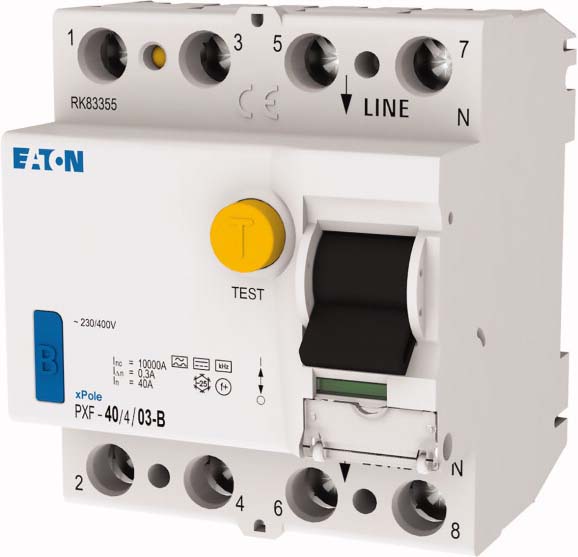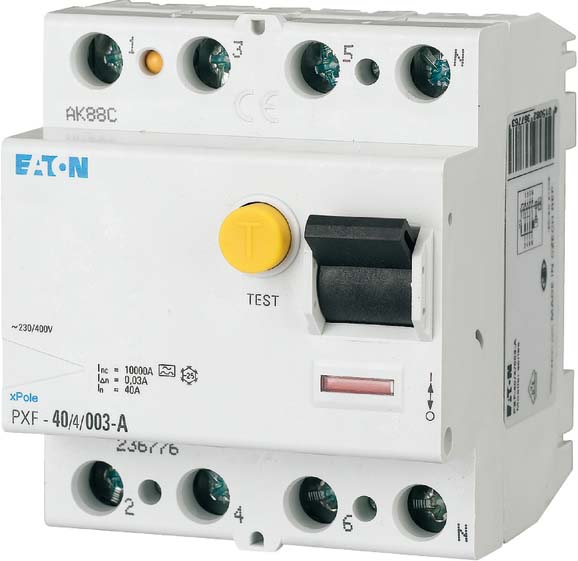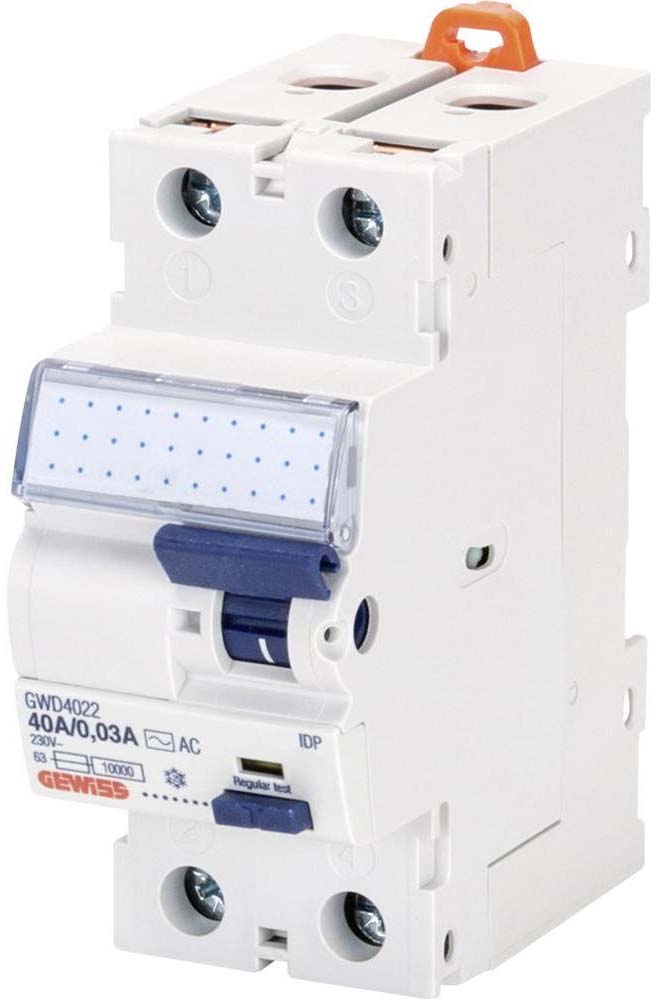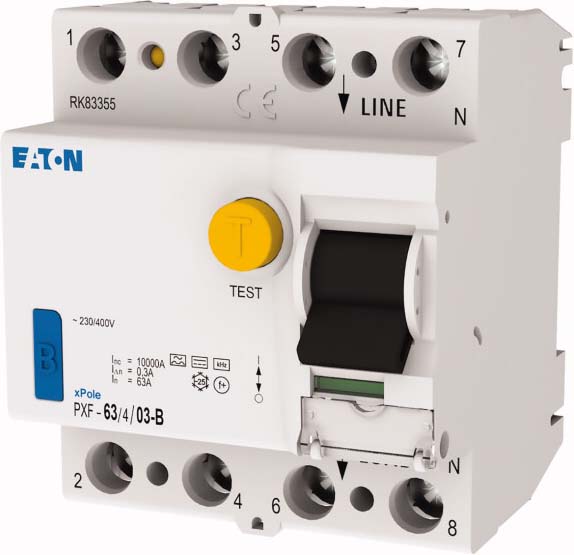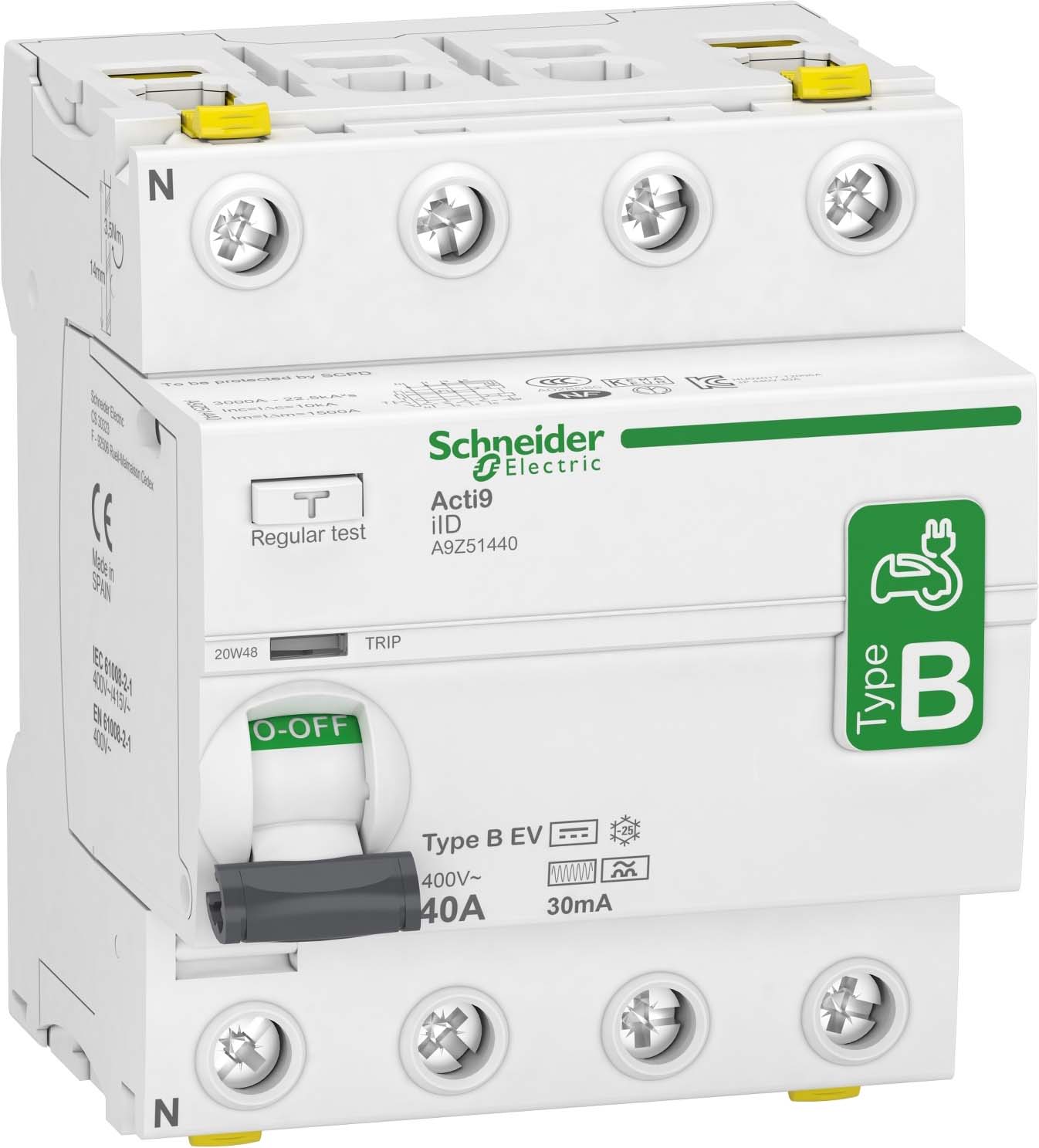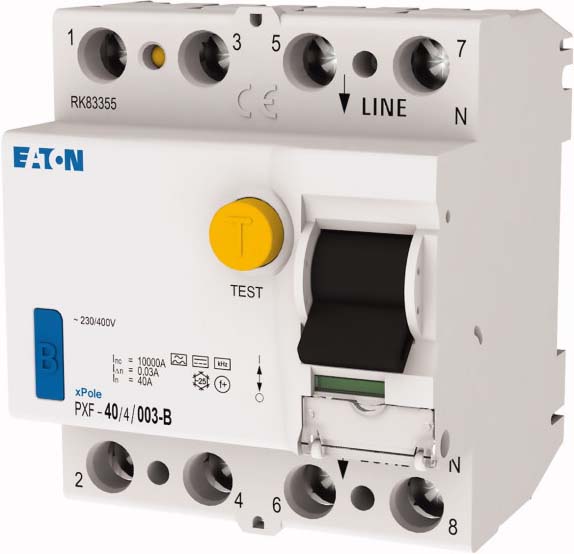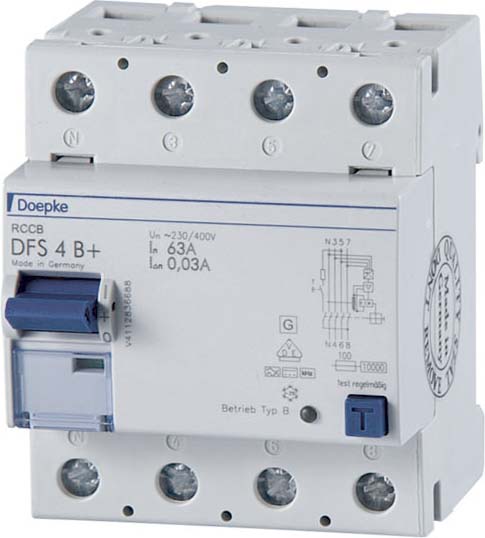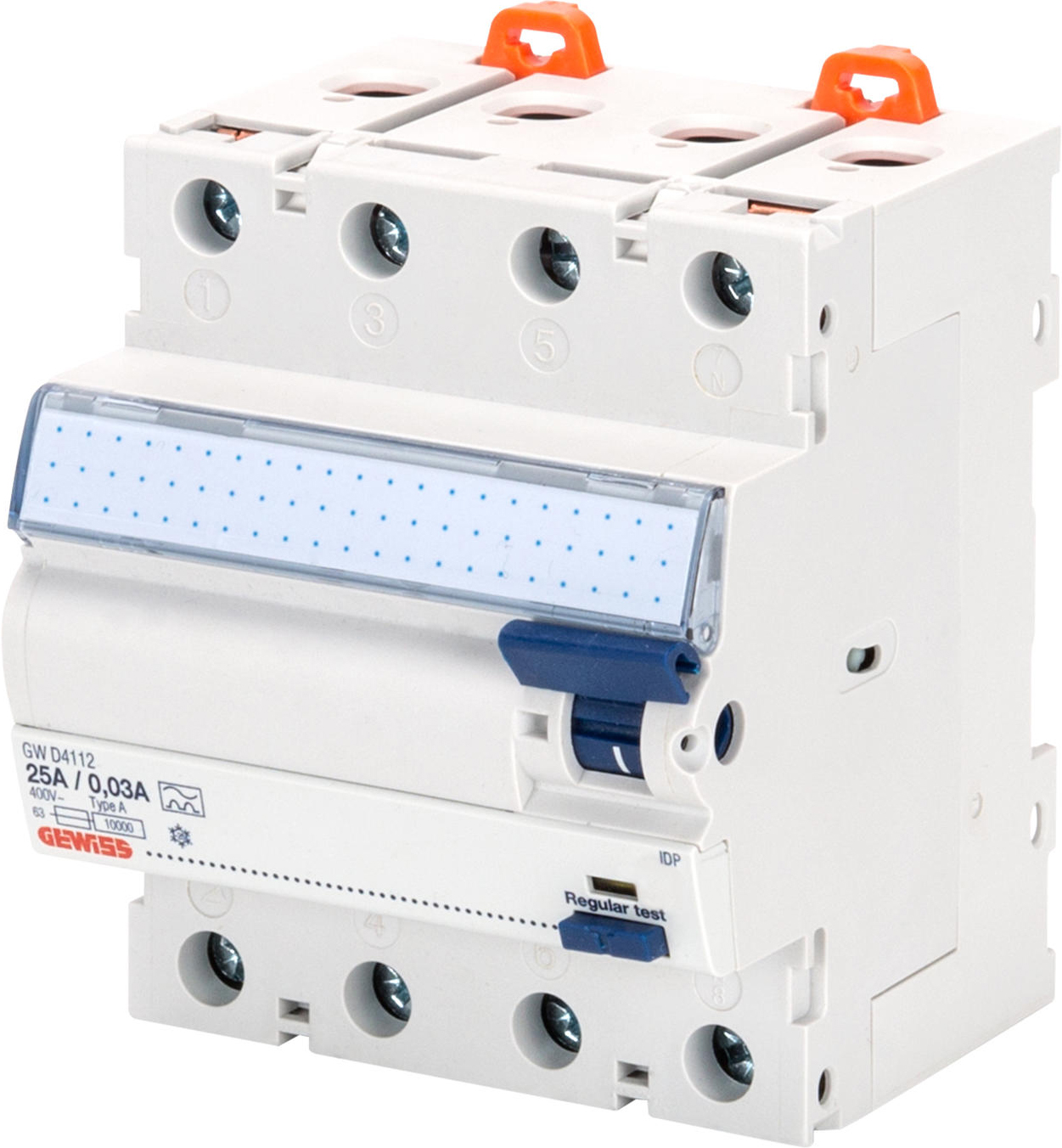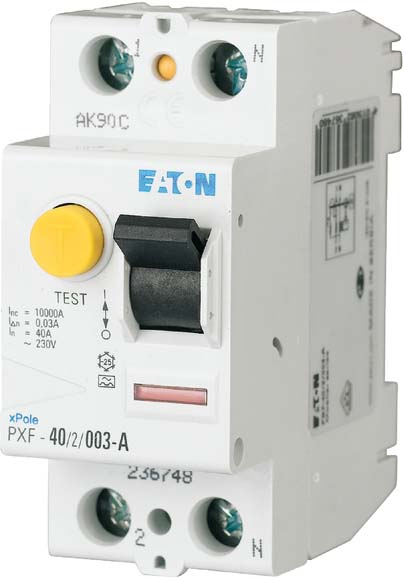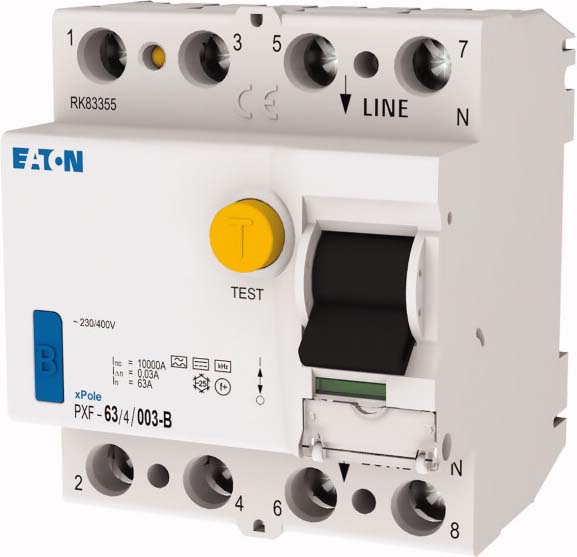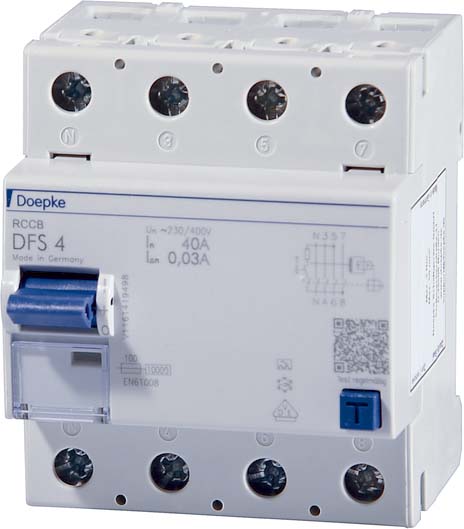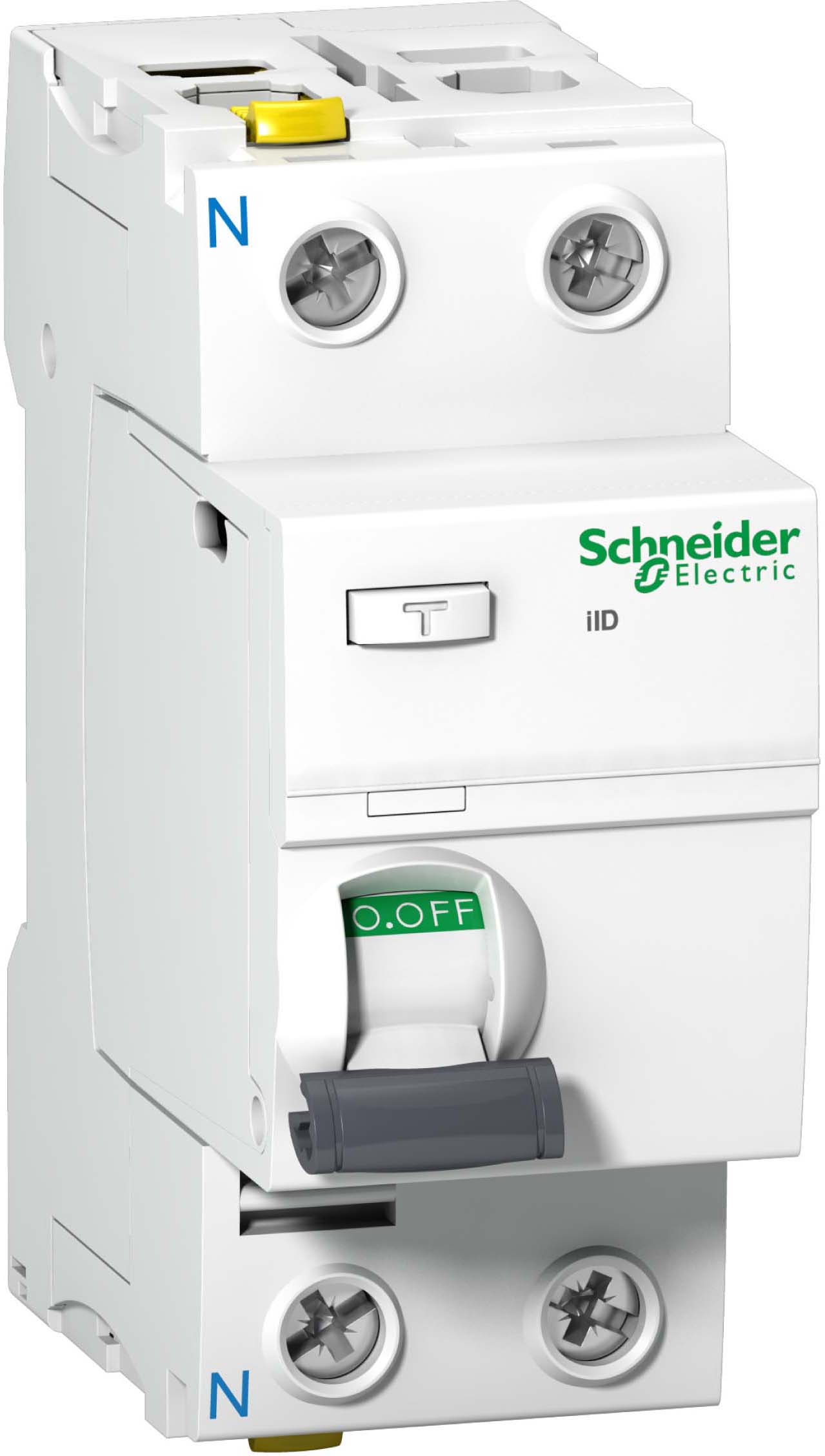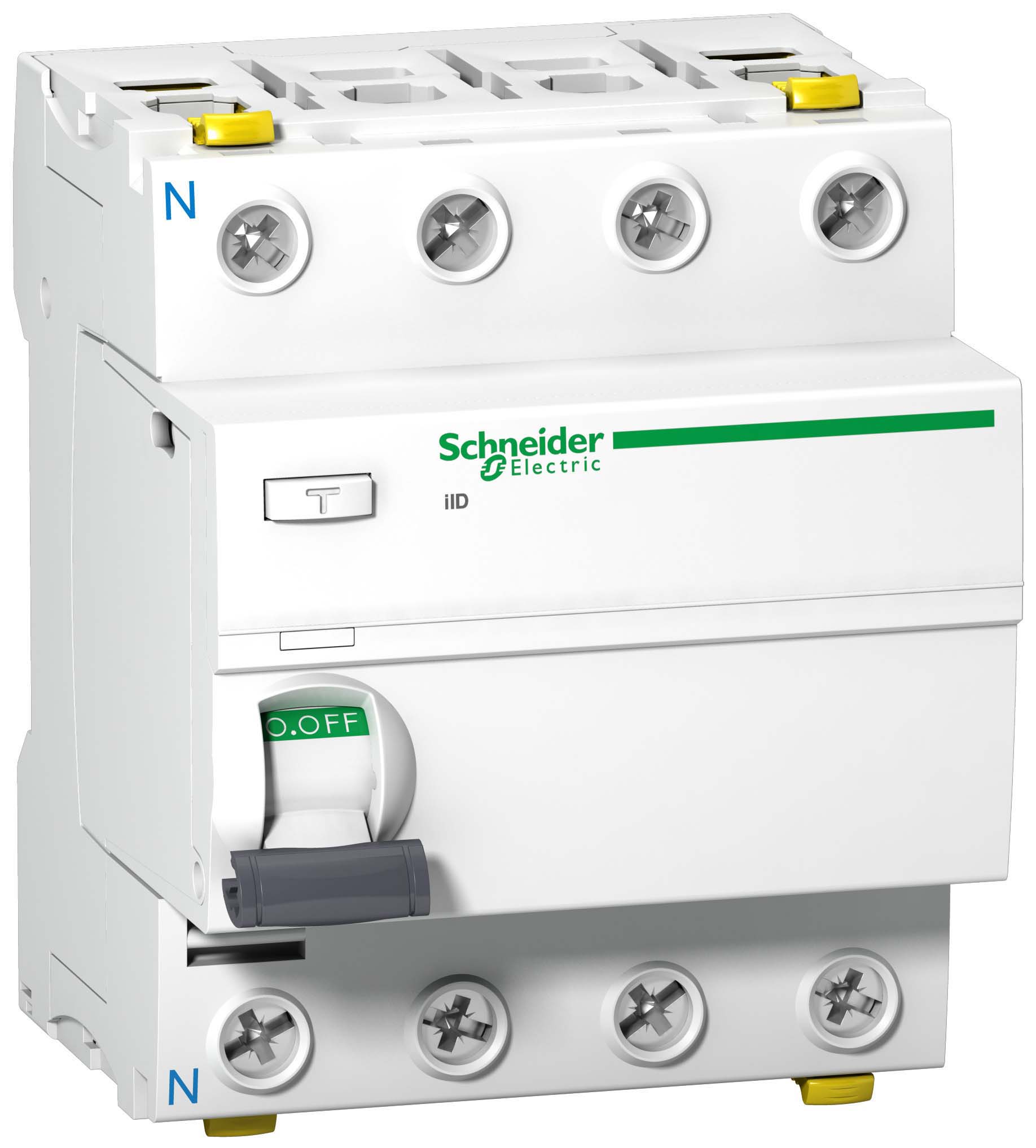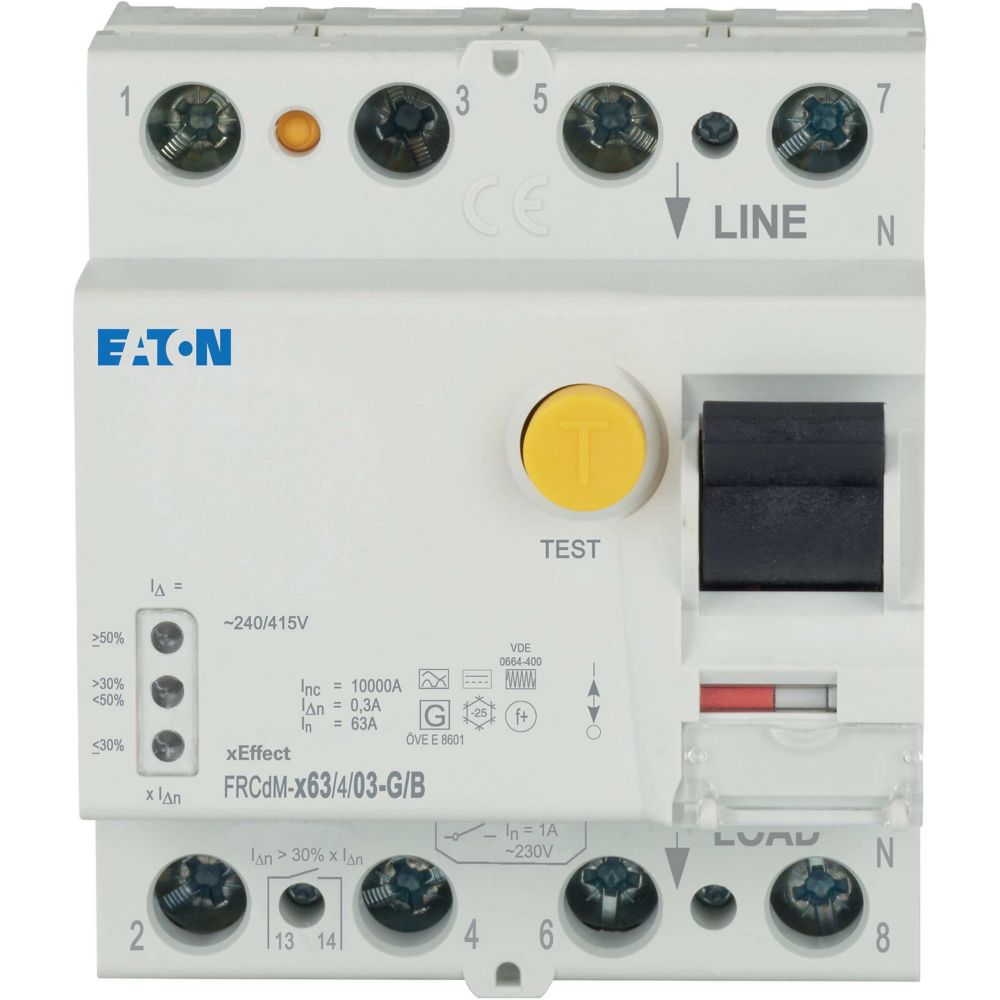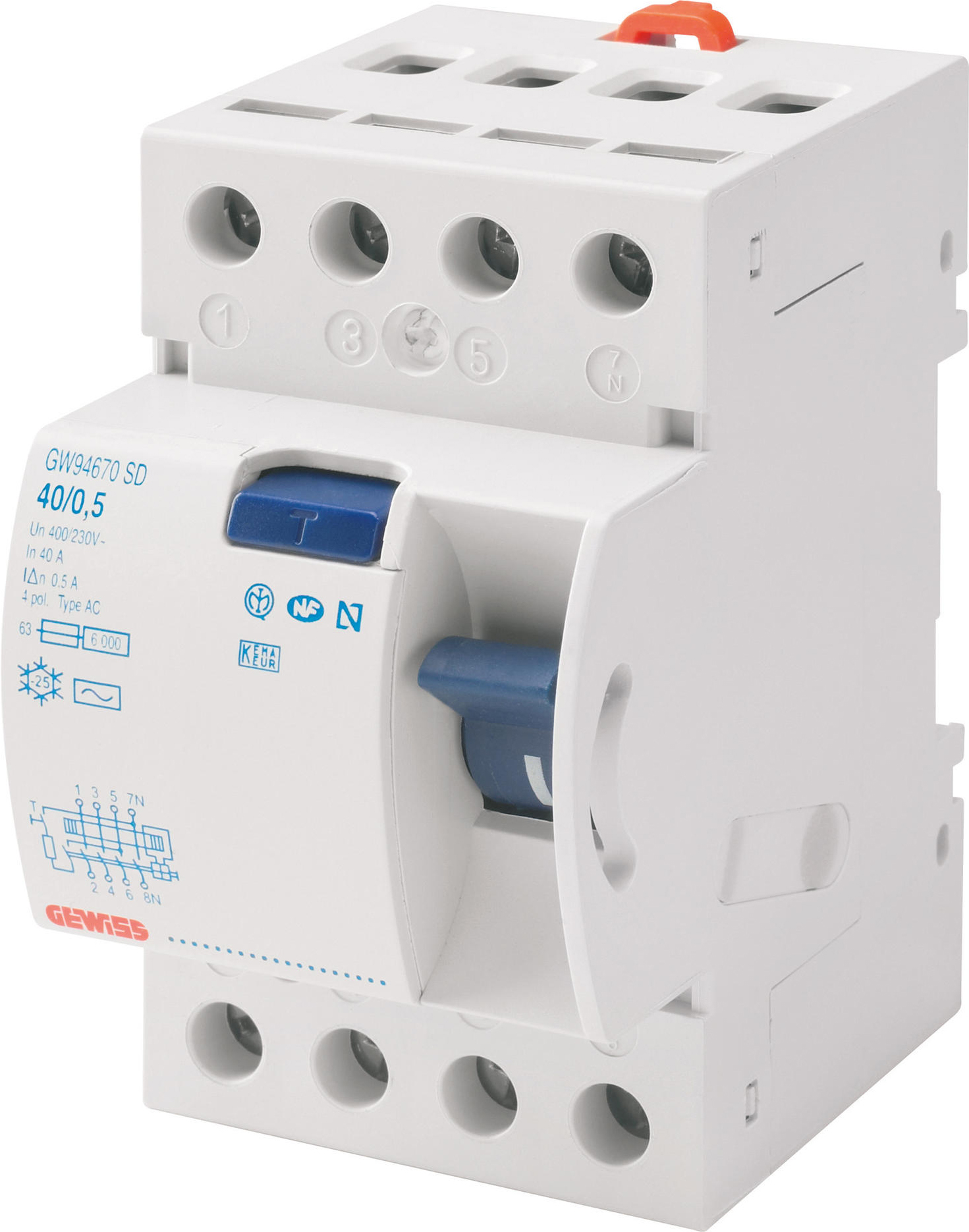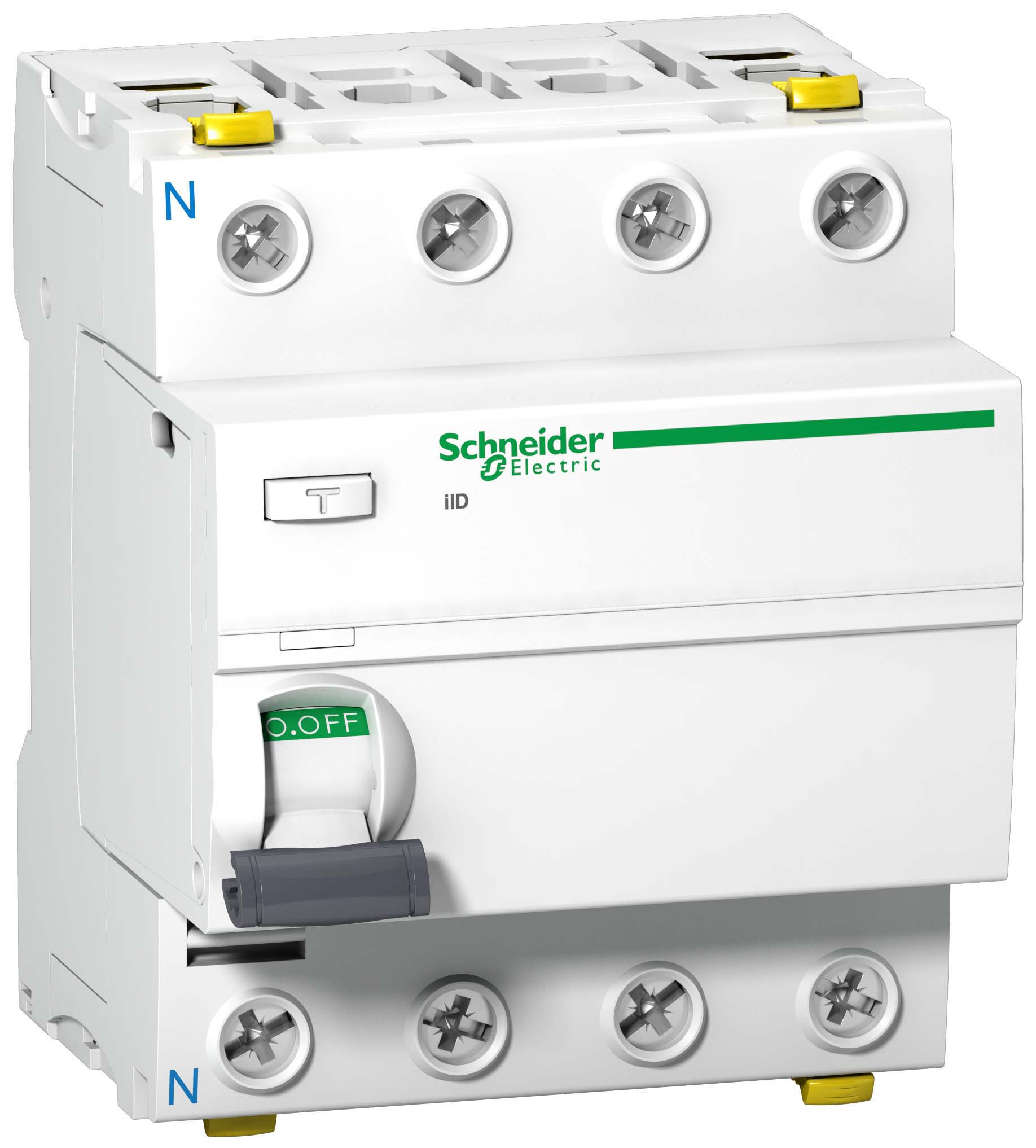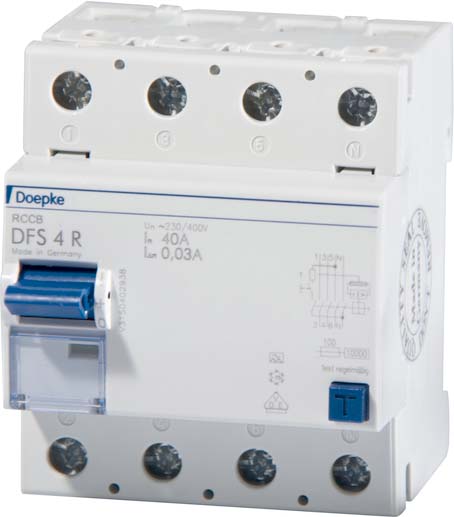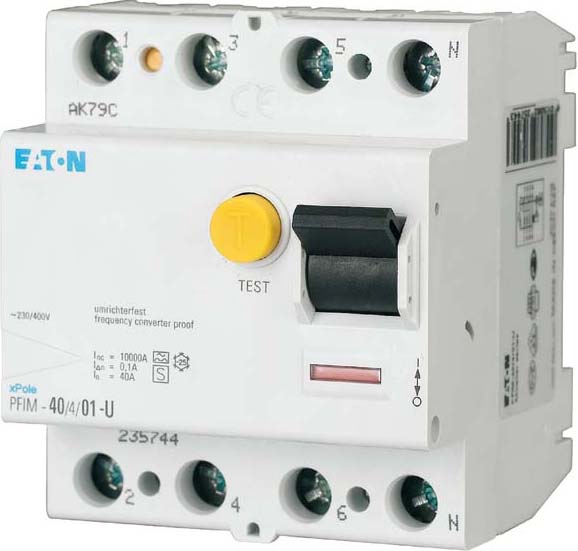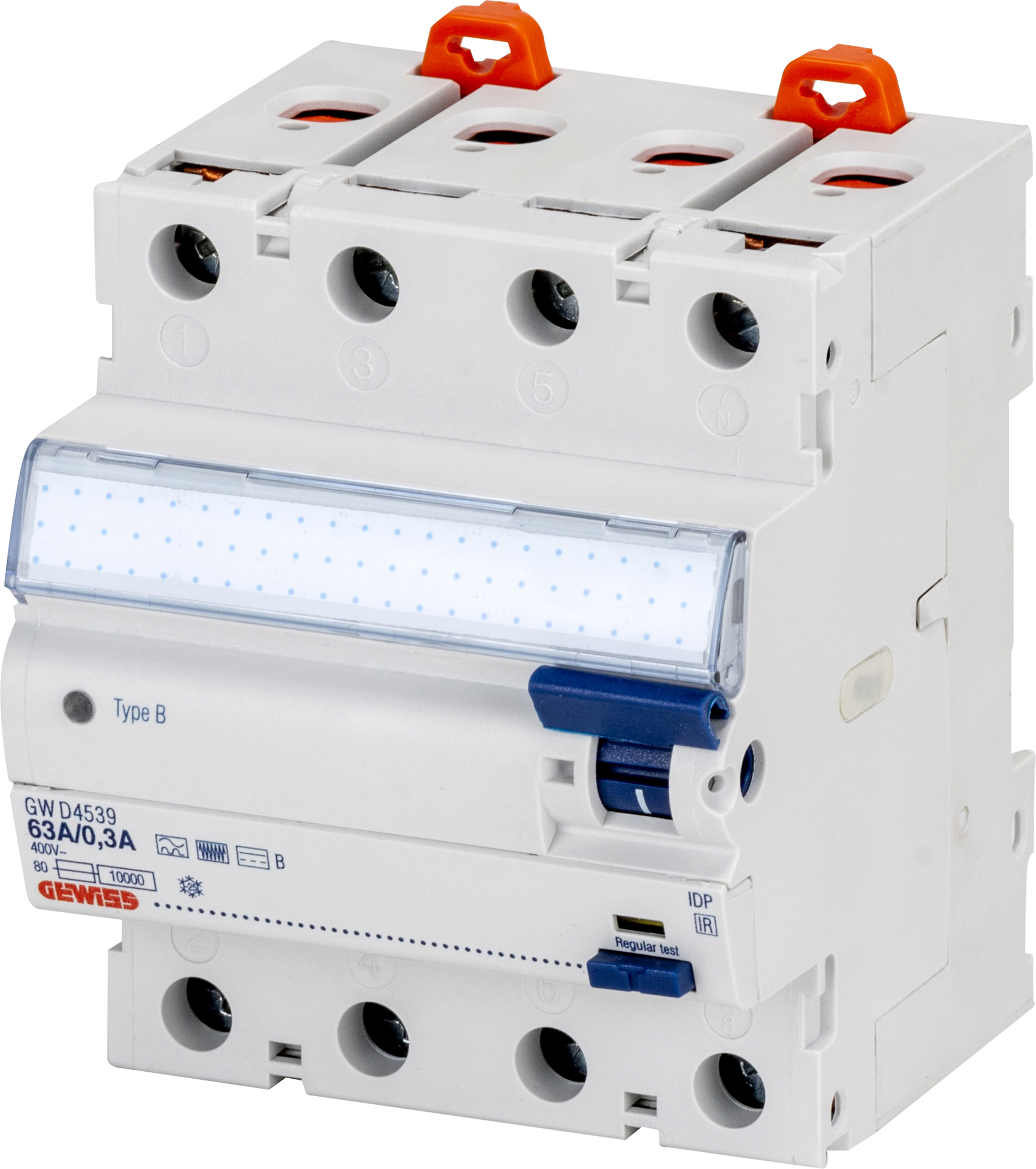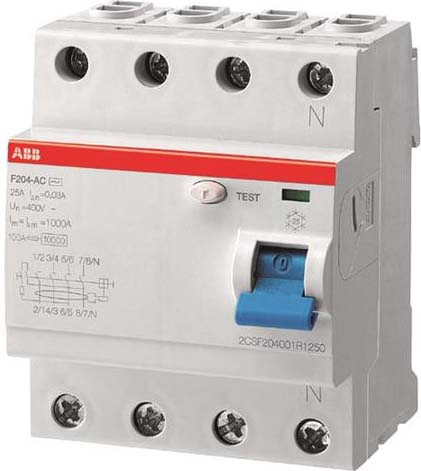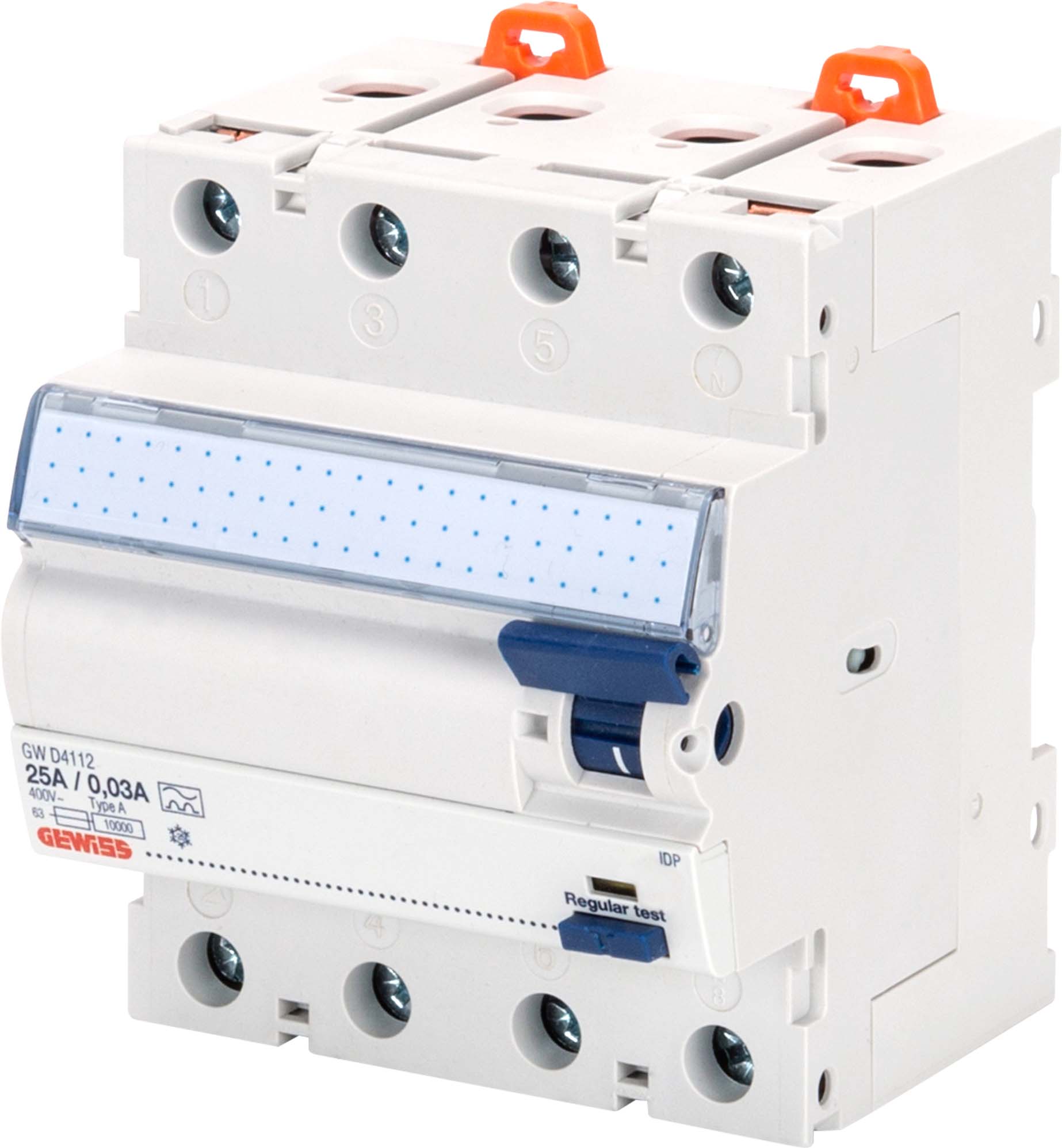FI Switch | RCD
An RCD or residual current circuit breaker is a safety device that can even save lives in an emergency. You should not be without an RCD in electrical installations to prevent accidents. This is because in the event of residual currents, the RCD simply switches the circuit off automatically. Discover a variety of RCDs from well-known brands and different types in our range!

- Comprehensive advice & support
- over 10,000 articles in the shop
- Shipping in 24 hours
- thousands of satisfied customers

KATHRIN BRANDT
Employee Purchasing from TroisdorfGreat advice and friendly service. I was helped immediately and competently with any questions. Gladly again.

OMAR NASER
Office Manager from Frankfurt a.M.Goods are well packaged and arrive safely, which is important to me. My mail was answered immediately.

RAINER SEIDEL
Master carpenter from WiesbadenHad to replace a lamp, but the same was no longer available. Great advice, found a suitable replacement and delivered it quickly.
What is an RCD?
When we talk about an RCD, we are referring to a residual current circuit breaker, which is a type of safety device in electrical installations. The RCD is indispensable as protection against electrical accidents and life-threatening injuries or to minimize the risk of fire. This is because it constantly monitors the current flow in the circuit in order to detect differences and fault currents.
An RCD should be used particularly in damp rooms such as kitchens or bathrooms, but also in outdoor areas. This is because the risk of a fault is particularly high there. There are also residual current circuit-breakers that have a short-time delayed tripping function. These are also called selective RCDs or S-RCDs. They do not trip immediately when a residual current is detected, but have a built-in delay. This means that harmless residual currents can be distinguished from actual dangers and unnecessary disconnections can be avoided.
How does an RCD work?
As already mentioned, the RCD monitors the flow of electrical current in the circuit. This is because in a fault-free circuit, the amount of current flowing through the outer conductor is always the same as the amount flowing back through the neutral conductor. The RCD constantly compares the current levels with a summation current transformer or residual current transformer in order to be able to intervene directly in the event of differences. If the difference exceeds the rated residual current, usually 30 mA for personal protection, the residual current circuit-breaker activates a tripping mechanism. The switch-off time is approximately 25 to 40 milliseconds. The rated residual current therefore indicates when the RCCB should trip in order to stop the power supply in the circuit. The rated current, on the other hand, indicates the maximum current that the device can carry under normal conditions. It relates to the load capacity of the appliance. The inclusion of a protective earth conductor in the installation of the RCD ensures that residual currents are diverted to earth and flow away.
You must reset the circuit manually so that it can be put back into operation. Before doing so, you should investigate why it tripped in order to ensure safety.
Why are normal fuses not sufficient?
Normal fuses, also known as circuit breakers or overcurrent protection devices, are suitable for protecting against short circuits. They intervene when there are higher currents in the circuit. However, do not compare the currents flowing through the conductor (phase) and the neutral conductor. If there is a difference here, the normal overcurrent protection device will not intervene. For this reason, it is also necessary to install a residual current circuit breaker in the fuse box.
Is an RCD mandatory?
In some areas of the electrical installation network, the use of RCDs is mandatory. Residual current circuit breakers must be installed, especially for new installations or significant changes and extensions to existing systems. The use of RCDs is also mandatory for sockets up to 20 A that are used by non-professionals and are located in areas of increased risk, as well as in rooms with baths or showers and in outdoor areas. Although there is no retrofitting obligation, retrofitting in existing systems is recommended. The German Social Accident Insurance (DGUV) also recommends the use of RCDs. This is because retrofitting simply ensures greater safety. With the help of a qualified electrician, it is possible to assess where retrofitting is absolutely necessary.
The different types of RCDs
There are different types of RCDs that are suitable for different areas of application. The differences also lie in the number of poles and the design (pole) of the RCDs. The number of poles indicates how many live conductors or phase conductors are monitored by an RCD. With a 2-pole RCD, you can monitor a single circuit. A four-pole residual current circuit breaker is suitable for three-phase applications. If you use an all-pole RCD, all live conductors are disconnected from the mains in the event of a trip. This is very useful for comprehensive personal protection and a high level of safety. In the meantime, you should use type A for your home. This is because many newer devices no longer work with the older type AC. This means that the trigger mechanism may not work properly. This would remove all functionality. There are also type F RCDs that are suitable for household appliances with frequency converters. The type B residual current device is specially designed for applications in which DC residual currents can occur, such as in installations with photovoltaic systems or vehicle charging stations. Type B+ is suitable for industrial applications and type S and G for installations in larger buildings or systems where complete disconnection must be avoided.
Absolutely essential: regular checking of the RCD
It is important that you check the RCD regularly. To do this, you should press the RCD test button. The manufacturer usually specifies the intervals at which this must be done. If you cannot find any information on this, it is recommended that you press the test button every six months. If the residual current device trips, you should also carry out the check. The test button is located directly on the appliance. It is often highlighted in color and marked with a "T" for test or directly marked with the whole word "Test".
Buy residual current circuit breakers at WATT24
In our WATT24 online store, you can discover a large selection of residual current circuit-breakers of various brands and types. Simply order them conveniently online and have them delivered directly to your door. You can also find other accessories for electrical installations and lighting technology in our store. At WATT24, we attach great importance to quality, reliability and first-class customer service to ensure that you find the perfect product quickly. Choose WATT24 and enjoy numerous benefits, including
- Fast delivery - Your order will reach you in no time, so you don't have to wait long.
- Straightforward and secure ordering process - We make the ordering process intuitive and secure so that you are protected at all times.
- Wide product range - Discover our diverse product range that covers all your specific needs.
- Excellent brand quality - We only offer high-quality products from leading brands.
Find the right residual current circuit breaker now and buy it directly online at WATT24!
FAQ: Frequently asked questions about the RCD
Which faults cause the RCCB to trip?
There are several types of fault that can cause a residual current circuit breaker to trip. A frequent cause of tripping is the flow of current through the body, i.e. when a person comes into direct contact with a live part. The RCD then registers the closed circuit via the body to earth and trips to prevent an electric shock. This electric shock could otherwise be fatal. If there is a high level of moisture in electrical equipment such as appliances, switches or sockets, the residual current circuit breaker also intervenes. The same applies if there are insulation faults in appliances or cables. If a cable is damaged or an appliance is faulty, the current may flow from the phase directly to earth. The current then does not return through the neutral conductor. The RCD also detects this and activates the tripping mechanism.
What happens if you don't have an RCCB?
If you have not installed a residual current circuit breaker, you increase the risk of life-threatening electric shocks, accidents and fires. This is because an RCCB provides you with special protection that cannot be compensated for by other safety measures such as a circuit breaker in the event of an emergency. It is always advisable to install an RCD in the fuse box.
Where is the RCD installed?
You will usually find the residual current circuit breaker in the power distribution box or fuse box. This is where the central point for the electrical supply is divided into different circuits. This allows an entire building to be supplied with electricity.
What is a PRCD?
A PRCD is a "portable residual current device", i.e. a residual current circuit breaker that is portable. The stationary residual current device is also called an RCD.
What is the difference between rated current and rated residual current?
The rated current is the maximum current that a device or electrical element can carry during normal operation without overheating, overloading or functional faults occurring. The rated residual current is the current value at which a protective device such as an RCD should trip.
What is a switch lock suitable for?
A switch lock is used to increase safety when using an RCD. The switch lock can be used to lock the circuit breaker in its switched-on or switched-off position and can only be operated by authorized persons.


